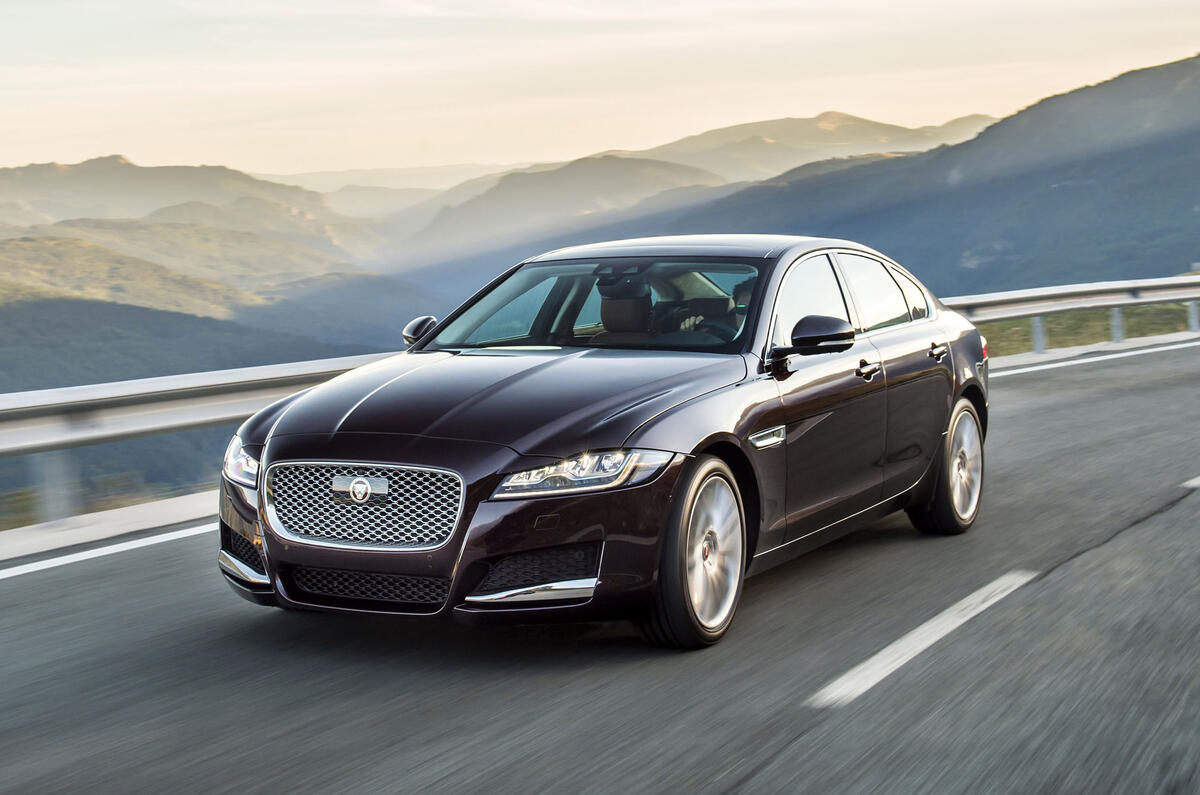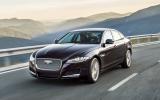What is it?
Back in 2007, the original Jaguar XF became the new face of Jaguar. Liberated from the shackles of Ford ownership and backed by Tata, Jaguar was free to carve its own path in the premium car segment, starting with its XF.
Almost eight years down the line, the second-generation XF is getting ready to pick up the baton from its predecessor. With prices starting from £32,300 it’s being pitched squarely against the giants of the premium saloon segment – where sales power is balanced between the bonnets of the Audi A6, BMW 5 Series and Mercedes-Benz E-Class.
The new XF is claimed to be lighter, more efficient and more technologically advanced than the car it replaces. Key to that lightness is the new iQ[Al] aluminium-intensive platform shared with the smaller Jaguar XE – meaning that the new XF is as much as 190kg lighter than the old model, with a body-in-white weighing just 282kg and a kerb weight as low as 1455kg.
The new XF has also shrunk compared to the outgoing car, with its dimensions making it marginally shorter (7mm) and lower (3mm) than the current XF – although it has a 51mm longer wheelbase. Jaguar is promising best-in-class space for rear passengers – one of the few areas of contention on the old car.
Three engine options will be available in the UK. The majority of sales – of which around 45% will go to fleets – will come from the 178bhp, 317lb ft four-cylinder 2.0-litre Ingenium diesel engine, while a 161bhp/280lb ft version is also available.
The same 375bhp 3.0-litre supercharged V6 petrol engine as found in the Jaguar F-Type is also available, and sits at the very top of the range. The model tested here, however, is a 296bhp, 516lb ft version of the familiar 3.0-litre V6 turbodiesel - offered in the UK in range-topping S trim only.











































Join the debate
Add your comment
Calm Down Dear
Prejudiced
Don't trust Autocar's view? Have a look elsewhere. Reviewers around the globe agree to the Autocar verdict, even if Autocar is is listing more minor niggles left or right - I assume in an effort to appease those prejudiced against its verdict.
And, my dear spqr, no, they are not talking about fractions of an inch. They have a full inch more legroom, headroom and shoulder room, making for officially the most spacious of the contenders. "An engine that is noisy and relucant to perform"? That is what you make out of this, out of prejudice. Again, have a look elsewhere to take your head out of where it really has no place being.
BTW, the 4 cylinder Ingenium is not nasty. It is - again, according to international reviews - a damn sight smoother than the Mercedes 2.1 diesel, though not quite up to the standard of the latest BMW 2.0d. That is the proper perspective.
Torque difference